Free Resources from Jae
If you want specific self-myofascial massage guidance, contact Jae for a consult!
More videos on my Youtube
Videos are “unlisted” so you will need to access the playlists with these links:
Movement Library
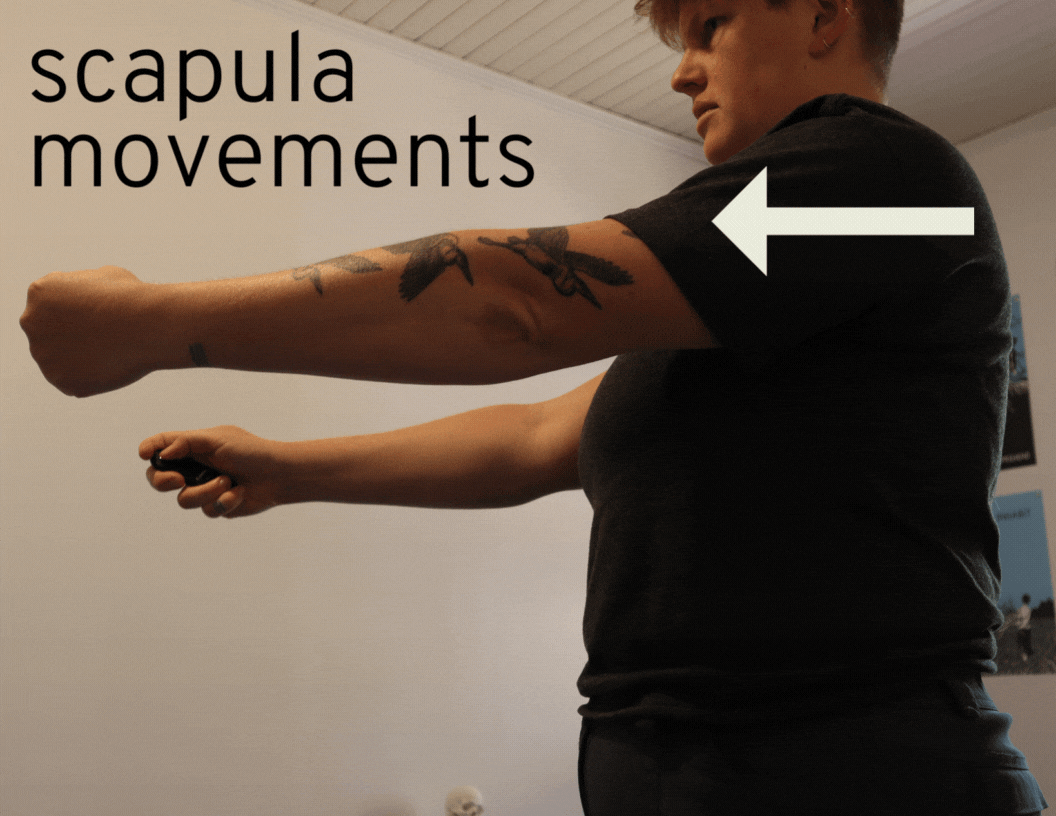
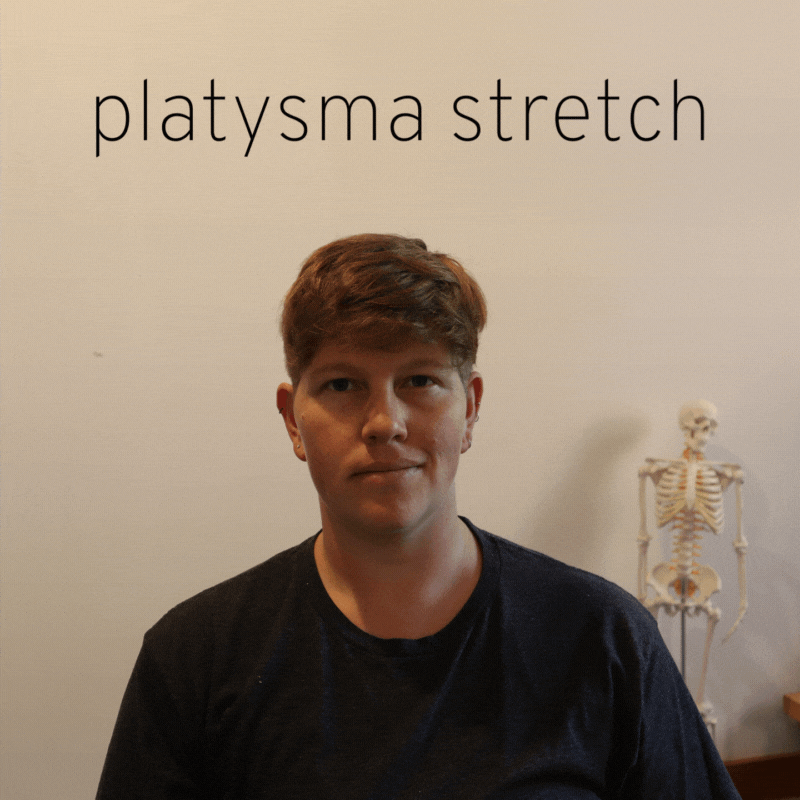
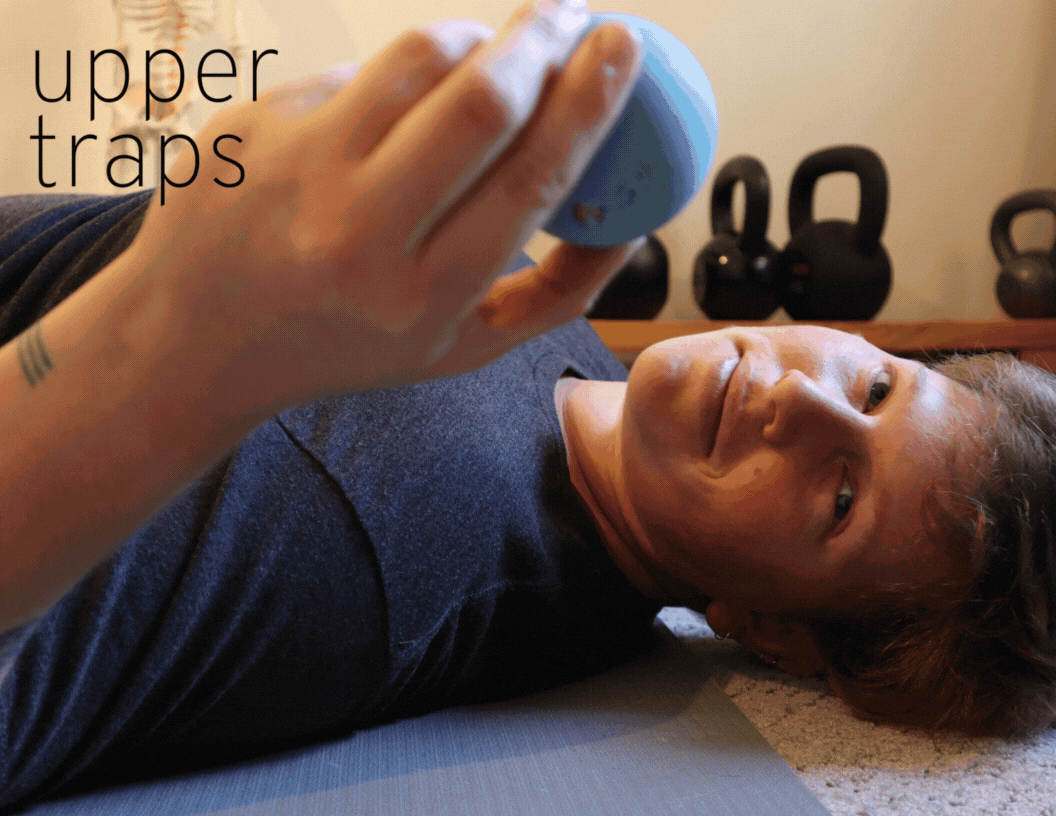
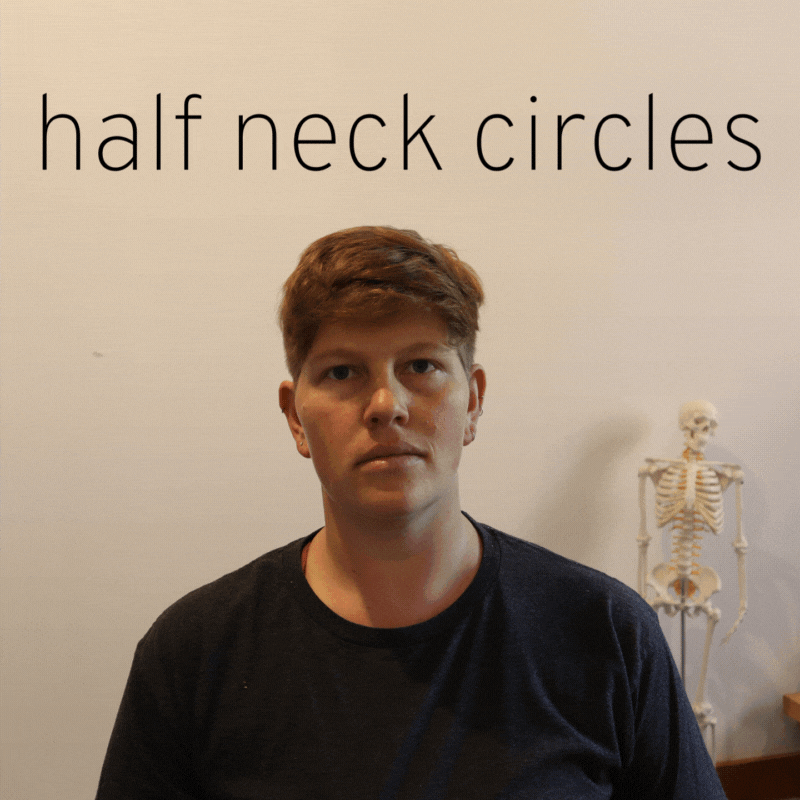
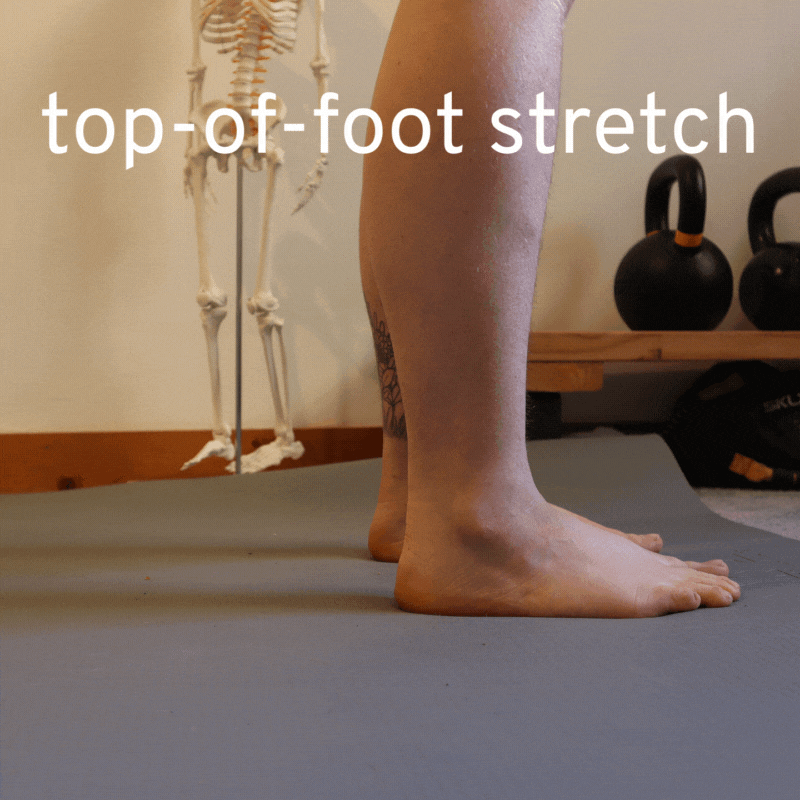
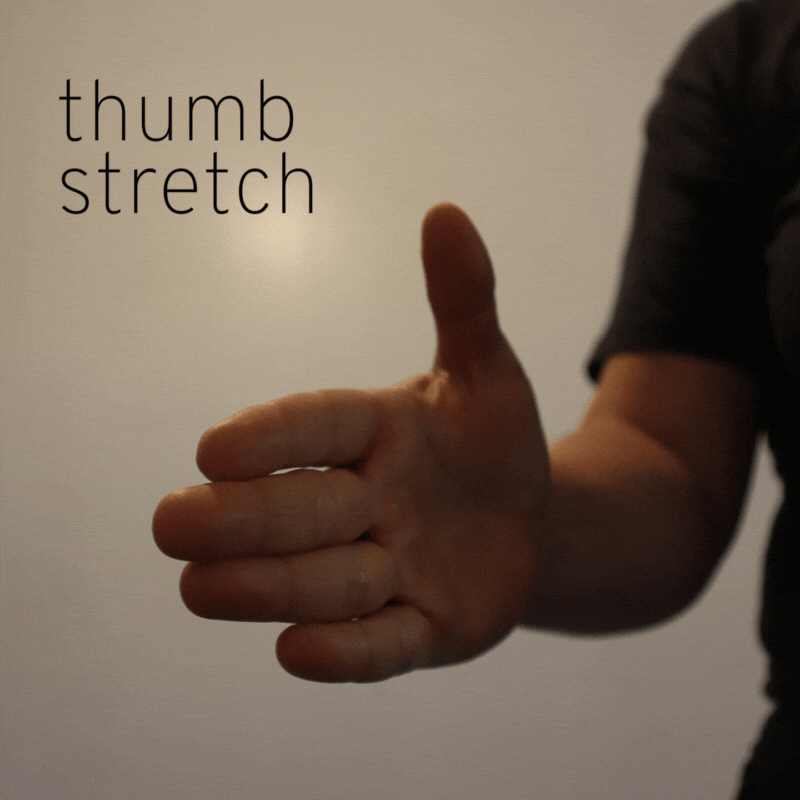
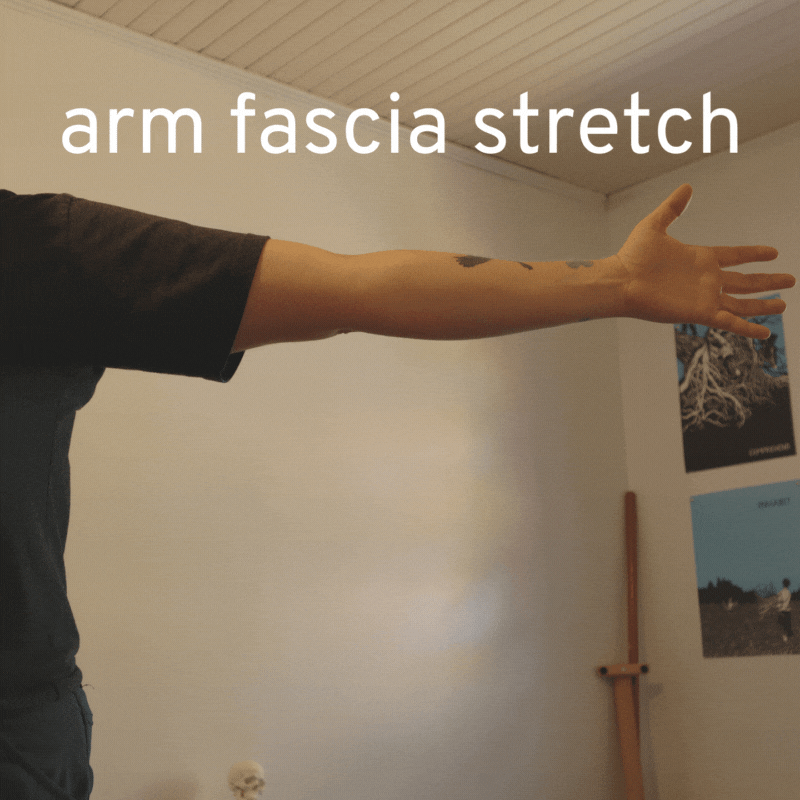
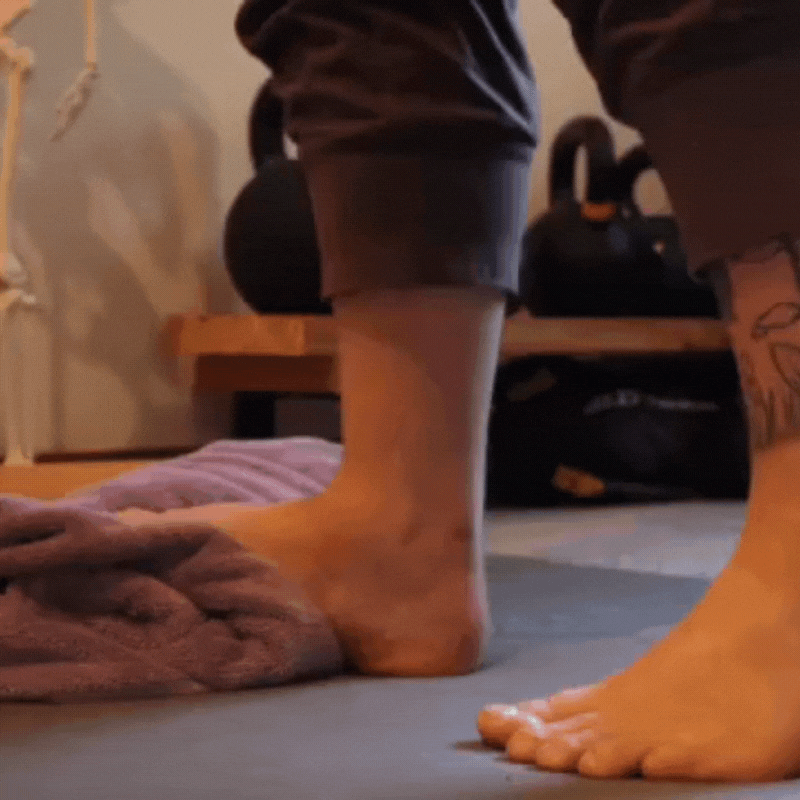
Videos from other movement professionals:
Articles:
-
By Heather Longoria
Click here to read full article
“Likely the reason “myofascial” gets so much attention, is because seekers of fascial therapies are often doing so related to muscular performance – to improve strength, improve flexibility and improve motor control. But what you must know is that ALL FASCIAS ARE CONNECTED. Even though we tend to want to separate and categorize in order to better understand the body, fascia doesn’t really work like that.
As David Lesondak explains “The most important thing to keep foremost in mind, at all times, is that the fascial net is one continuous structure throughout the body . . . as far as the body is concerned, the fascia is all one – one complex, holistic, self-regulating organ.”
“Self myofascial release/SMFR is a ticket to physiological relaxation, increased parasympathetic activity, and improved embodiment. This ties in to the discussion about proprioception above. But it also opens up another conversation into another subtle category of sensing our body’s implicit feelings called interoception. Interoception is our body’s physiological sense of itself, the many nerve endings that comprise this aspect of body sense are also embedded in our body’s fascia, but our brain processes the majority of these signals in its emotional processing centers.10 By stimulating all of those various nerve receptors while doing SMFR, your brain is getting a much clearer map of your body.
SMFR can also facilitate an improved awareness and emotional connection with the inner Self. When the human organism experiences trauma (which can include falls, car accidents, surgeries, and other more complex forms of trauma), and the trauma or “threat” is not processed successfully, the energy mobilized by the body to deal with the threat can get trapped in the body, causing constrictions and a host of other symptoms such as panic attacks, anxiety, difficulty sleeping, chronic fatigue, headaches, digestion challenges, neck and back problems, depression, forgetfulness, inability to deal with stress, etc.
Interoception can help humans be present and aware of the sensations, emotions, and feelings flowing through the body. Building this capacity to be present with what is happening in our “inner space” can help the body process the stuck energy mobilized by trauma. When practicing SMFR, give yourself permission to BE in your experience – to be curious, open, patient, to go s l o w. Notice how the pain experience changes with different thoughts, different movements, and different and novel experiences. Be open to witnessing your rage of emotions. Be a companion to the pain instead of fearing and resisting it.”
-
article by Suzanne Krowiak
Click here to read the full article
“Proprioception is dropping your feet on the floor when you get out of bed in the morning without having to look down; keeping your eyes on your laptop at work while you reach for your coffee without spilling it; switching your foot seamlessly from the gas pedal to the brake in the car without bending over to look at the floorboard. You don’t need to think about it, and you don’t need to see your arms, legs, or feet for any of it to occur without incident— it happens automatically, outside of your conscious thought. And though proprioception occurs on a subconscious level, there are things you can do consciously to assess your proprioceptive sense and identify ways to improve it.
Proprioception can be diminished for a number of different reasons, from aging to chronic pain to poor postural habits, leaving you at greater risk of falls or injury. The good news is that there are simple, practical things you can do to develop and strengthen it, enabling you to move and feel better in your own body. But first, what is proprioception?”

